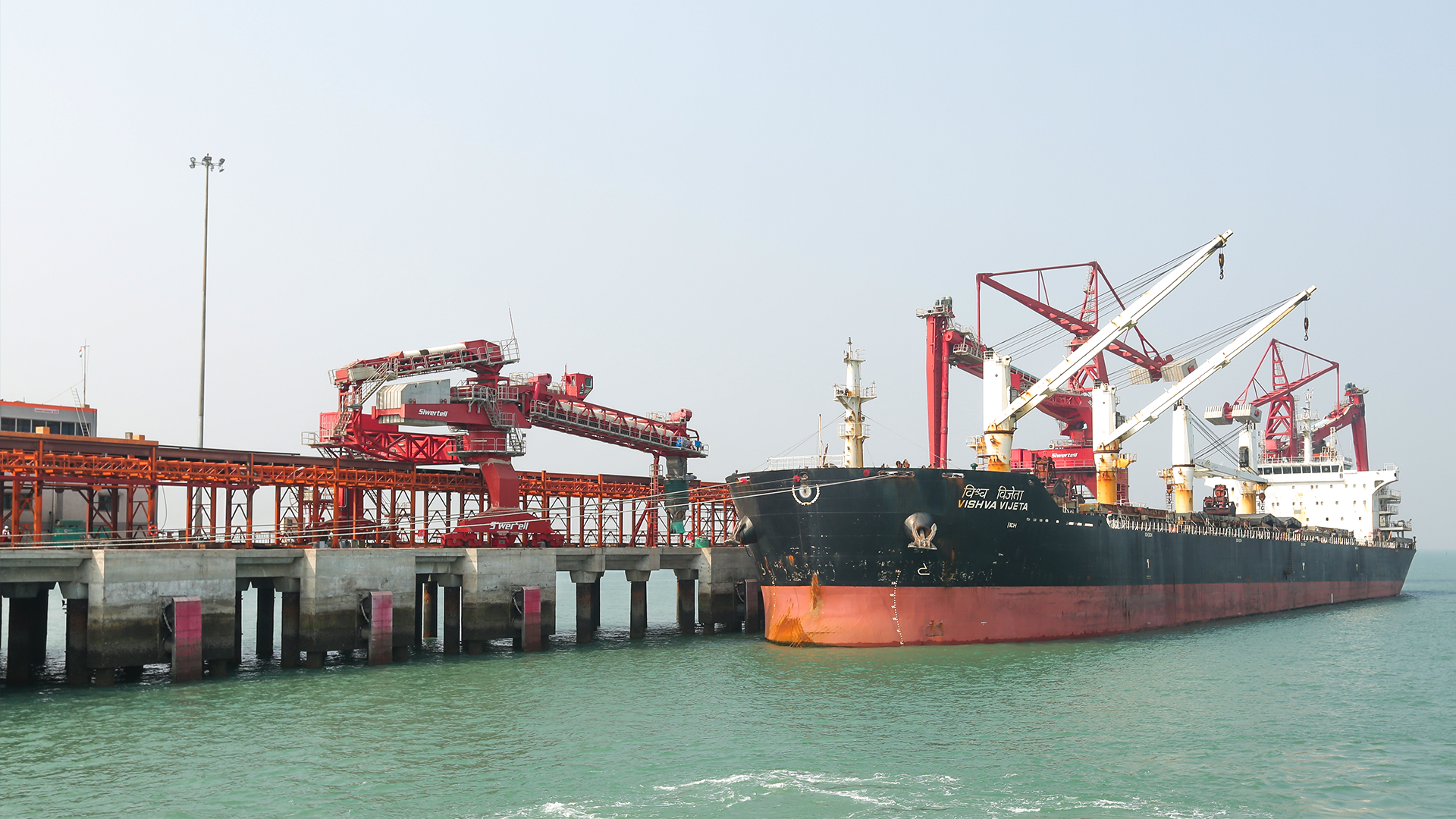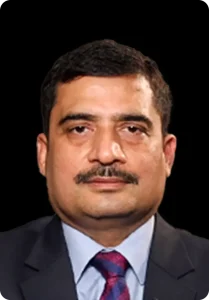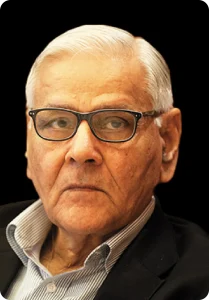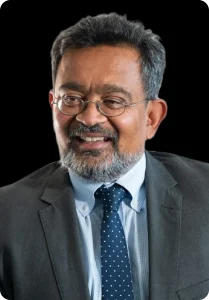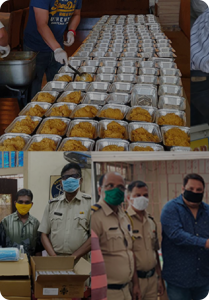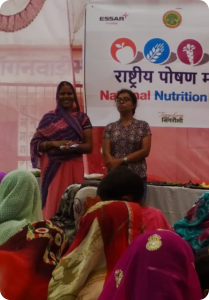Railway connectivity, LNG & Green Ammonia and Clean Commodities handling are some of the high value added services which the Terminal is poised for in time to come.
In an exclusive interview with Maritime Gateway, Mr Rajiv Agarwal, Operating Partner, Infrastructure, Essar and Managing Director, Essar Ports shared his insights on how Essar Ports is transitioning to focus on reinvesting in its existing operations and building new assets, with more efficient, carbon neutral, new-age technologies, which are sustainable. Below are excerpts from the interview.
How has been the business for Essar Ports, last year and through this year?
This year, in one of the largest post-pandemic M&A deals in India, Essar announced signing of definitive agreements with Arcelor Mittal Nippon Steel (AM/NS) for Ports and Power infrastructure assets which are primarily catering to the Hazira steel plant operations. The deal also envisages a 50-50 Joint Venture partnership, for building a 4 MTPA LNG terminal at Hazira, Gujarat, between Essar and ArcelorMittal. The Port Assets include the Terminals in Hazira, Paradip and Vizag. We are now focused on reinvesting in our existing operations and in building new assets, with more efficient, carbon neutral and new-age technologies, which will be sustainable and aligned to our theme of Energy Transition.
Trends that will drive the shipping and logistics sector in the months to come?
Some of the key trends/ events which can shape the future of shipping and logistics sector are:
Role of automation, technology and digitization on the way services are being delivered, evolving global supply chains on account of the pandemic & global turmoil which will see a shift of trade lanes and the mode of delivery particularly for energy basket like Oil& Gas, the global commitment of carbon-neutrality with energy transition where the focus will be on shift from fossil fuels to adopting green infrastructure with sustainability at the core (green hydrogen and EV gain popularity) and last but not the least modularity and flexibility of infrastructure like FSU/ FSRU etc. which can easily cater to the changing requirements and provide flexibility.
The current geo-political scenario and its impact on the global supply chains?
The business environment is facing a myriad of challenges. Despite the strong economic recovery in 2021, the financial difficulties are not over and still pose a threat. In addition, many countries are faced with an increasing debt burden, high inflation, disruptions in global supply chains and the burning issue of the Russia – Ukraine war and its impact resulting in high energy prices and geopolitical tensions which are all playing a major role. However, at the same time the resilience of people, reduction in COVID virus cases and release of pent up demand, are presenting different kinds of opportunities.
The Russia-Ukraine war in particular has affected the global logistics market on every level with a huge impact on the supply chain, flow of cargo, increase in cost, product shortages and high costs of Energy & Commodities. Impacts from the conflict have forced companies to rethink and recalibrate their long-standing supply chain and partner ecosystems as well.
For companies, there are numerous opportunities to fill the gaps created by the volatility such as creating new business models and improving economic activity. The rebalancing of global supply chains leaves a huge room for India to leverage and benefit to become a global leader in manufacturing.
What will be the major challenges the logistics community will face in the days to come?
The logistics sector has an indispensable role to play in nation-building. However, there are certain factors which the industry players need to work on to stay ahead of competition, such as increasing operational efficiency through mechanisation of non-mechanised terminals, reducing pre berthing delays, ensuring supply chain visibility and improving turnaround time in the Ports Sector. Technology and Digitization will play a key role in this.
There is also a need to develop deeper draft at existing and new ports to accommodate larger size vessels. Developing multimodal evacuation facilities at the existing port terminal facilities, with key focus on developing a comprehensive Rail/ Road connectivity, is needed as it will reduce congestion considerably.
Additionally, the sector requires low cost financing to fund projects in view of slow cargo build-up and long gestation period. Low cost financing for debt & equity should be opened for the private sector to enable their participation with National Infrastructure Pipeline which will play a key role in time to come.
Amidst growing uncertainty of today’s global supply chain caused due to geopolitical and environmental upheavals, soaring inflation and volatile currencies, businesses will have to relook at their strategies and agility will hold the key.
Scenario of trade among south Asian nations?
Despite proximity and free trade agreements, South Asia is one of the least integrated regions in the world. Trade barriers, weak infrastructure, lack of intergovernmental trust and domestic politics continue to inhibit the development of intra-regional trade. Intraregional trade accounts for barely 5 percent of South Asia’s total trade, compared to the ASEAN region where intraregional trade makes up 25 percent.
Global supply chains are evolving and realigning with the objective of distribution of risks and being resilient. Alternative production centers like India make an attractive destination for EXIM cargo. Coupled with this, is India’s strong domestic consumption as India charts its way to USD 5 Trillion Economy and more, India and South Asia will be boosted by the flow of goods, services, people, and knowledge. In short, the ensuing economic growth would play a key role in bridging the trust deficit in the region and strengthen trade links.
Upcoming initiatives at Essar Ports to better serve the trade?
We are on the cusp of a transformational journey where logistics, green energy and value added services are going to play a major role. We not only have plans of diversifying cargo profile at Salaya Port but are also pursuing expansion of facility. Railway connectivity, Green Energy (LNG & Green Ammonia) and clean commodities handling are some of the high value add services which the terminal is poised for in time to come. We are also actively pursuing opportunities both national and international which are centric to our business model.
Source: Maritime Gateway

